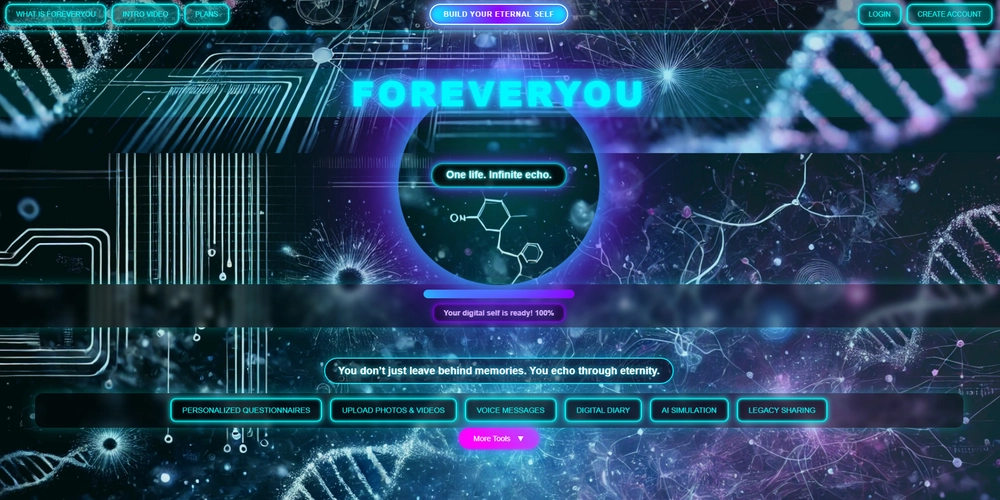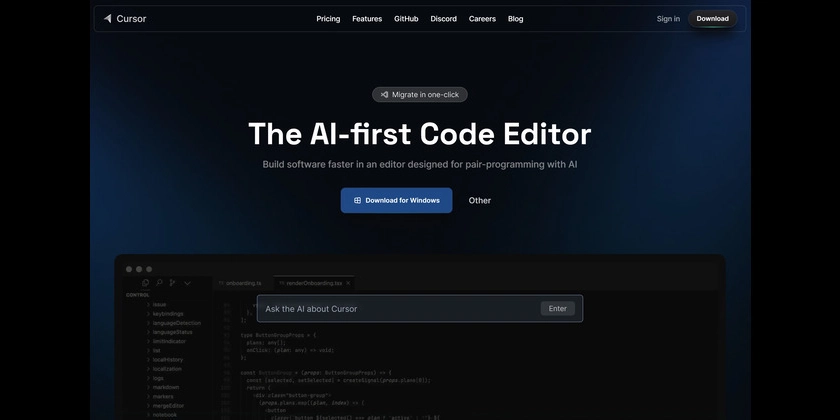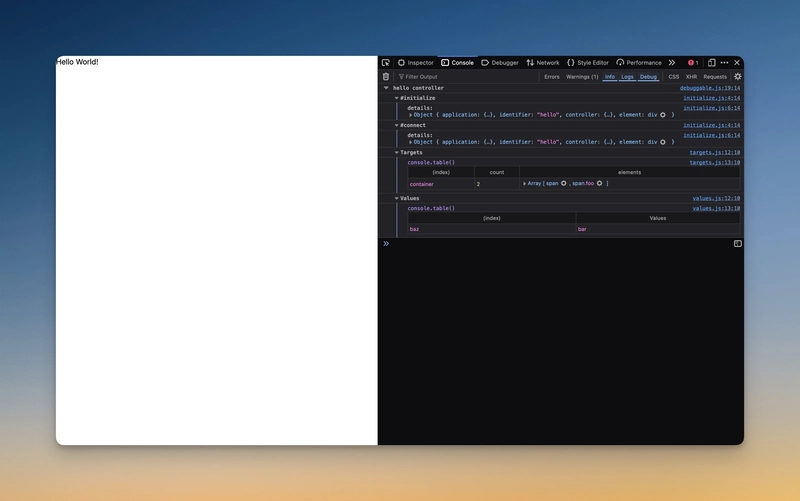Permitron: AI-Powered Task Management with Fine-Grained Permissions
This is a submission for the Permit.io Authorization Challenge: AI Access Control Permitron: AI-Powered Task Management with Fine-Grained Permissions Live Preview: https://permitron-app.windsurf.build/ Github Repo: https://github.com/Shaik-mohd-huzaifa/permitron Project Overview Permitron is an intelligent task management application that combines the power of LLM-based chatbots with Permit.io's robust permission management system. The application enables users to create, update, track, and manage tasks using natural language through a conversational interface, while enforcing strict permission controls based on user roles and context. Key Features Natural Language Task Management Create tasks via conversational commands: "Create a task for adding new feature" Update tasks: "Update task #123 with title: Improved API integration" Change task status: "Move task #123 to in-progress" Delete tasks: "Delete task #123" List tasks with filtering: "Show me my in-progress tasks" Kanban Board Visualization Visual task board with draggable cards Columns for Todo, In Progress, Review, and Done Status updates sync between chat and board interfaces Fine-Grained Permissions with Permit.io Role-based access control (Admin, Employee, Guest) Attribute-based permissions (task ownership, assignment) LLM operation authorization Chat Interface Integration Conversational AI powered by OpenAI Context-aware responses Permission-aware task operations Technical Architecture Frontend (React + TypeScript) React-based SPA with TypeScript Zustand for state management Tailwind CSS for styling Integrated chat interface and kanban board Backend (Node.js + Express) Express-based REST API OpenAI integration for natural language processing Permit.io SDK for authorization In-memory data store (could be replaced with a database) Permit.io Integration Permitron leverages Permit.io's powerful authorization system to implement fine-grained access controls for LLM-based task operations. Here's how Permit.io is integrated: 1. Resource-Based Authorization We've defined two key resources in our Permit.io configuration: resources: - key: task name: Task description: A task in the system attributes: - key: status type: string - key: assignedTo type: string - key: createdBy type: string actions: - key: create name: Create - key: read name: Read - key: update name: Update - key: delete name: Delete - key: change_status name: Change Status - key: llm name: LLM description: LLM functions actions: - key: manage_tasks name: Manage Tasks 2. Role-Based Permissions We've implemented different roles with varying levels of access: roles: - key: admin name: Admin permissions: - resource: task actions: ["create", "read", "update", "delete", "change_status"] - resource: llm actions: ["manage_tasks"] - key: employee name: Employee permissions: - resource: task actions: ["create", "read"] condition: "{ assignedTo: user.id } OR { createdBy: user.id }" - resource: task actions: ["update", "delete", "change_status"] condition: "{ createdBy: user.id }" - resource: llm actions: ["manage_tasks"] - key: guest name: Guest permissions: - resource: task actions: ["read"] 3. LLM Assistant Integration A unique aspect of our implementation is the integration of Permit.io with the LLM task processor. When a user asks the chatbot to perform a task operation, the system: Identifies the user's intent (create/update/delete/etc.) Extracts the task details from natural language Checks permission with Permit.io before execution Executes the task operation only if permitted Provides clear feedback about permission status Example code snippets showing this integration: // Check permission for task creation try { const permitted = permit ? await permit.check({ user: { id: userId, key: userId }, action: "create", resource: "task" }) : true; if (!permitted) { return { actionTaken: true, action: 'create_task', success: false, response: "❌ You don't have permission to create tasks." }; } } catch (error) { console.error('Permit.io check error:', error); } 4. Attribute-Based Access Control (ABAC) For operations on existing tasks, we use attribute-based permissions to check if the user is the creator or is assigned to the task: // For updating tasks permitted = await permit.check({ user: { id: userId, key: userId }, action: "update", resource: "task", context: { task: { createdBy: task.createdBy, assignedTo: task.assignedTo } } }); This

This is a submission for the Permit.io Authorization Challenge: AI Access Control
Permitron: AI-Powered Task Management with Fine-Grained Permissions
Live Preview: https://permitron-app.windsurf.build/
Github Repo: https://github.com/Shaik-mohd-huzaifa/permitron
Project Overview
Permitron is an intelligent task management application that combines the power of LLM-based chatbots with Permit.io's robust permission management system. The application enables users to create, update, track, and manage tasks using natural language through a conversational interface, while enforcing strict permission controls based on user roles and context.
Key Features
-
Natural Language Task Management
- Create tasks via conversational commands: "Create a task for adding new feature"
- Update tasks: "Update task #123 with title: Improved API integration"
- Change task status: "Move task #123 to in-progress"
- Delete tasks: "Delete task #123"
- List tasks with filtering: "Show me my in-progress tasks"
-
Kanban Board Visualization
- Visual task board with draggable cards
- Columns for Todo, In Progress, Review, and Done
- Status updates sync between chat and board interfaces
-
Fine-Grained Permissions with Permit.io
- Role-based access control (Admin, Employee, Guest)
- Attribute-based permissions (task ownership, assignment)
- LLM operation authorization
-
Chat Interface Integration
- Conversational AI powered by OpenAI
- Context-aware responses
- Permission-aware task operations
Technical Architecture
Frontend (React + TypeScript)
- React-based SPA with TypeScript
- Zustand for state management
- Tailwind CSS for styling
- Integrated chat interface and kanban board
Backend (Node.js + Express)
- Express-based REST API
- OpenAI integration for natural language processing
- Permit.io SDK for authorization
- In-memory data store (could be replaced with a database)
Permit.io Integration
Permitron leverages Permit.io's powerful authorization system to implement fine-grained access controls for LLM-based task operations. Here's how Permit.io is integrated:
1. Resource-Based Authorization
We've defined two key resources in our Permit.io configuration:
resources:
- key: task
name: Task
description: A task in the system
attributes:
- key: status
type: string
- key: assignedTo
type: string
- key: createdBy
type: string
actions:
- key: create
name: Create
- key: read
name: Read
- key: update
name: Update
- key: delete
name: Delete
- key: change_status
name: Change Status
- key: llm
name: LLM
description: LLM functions
actions:
- key: manage_tasks
name: Manage Tasks
2. Role-Based Permissions
We've implemented different roles with varying levels of access:
roles:
- key: admin
name: Admin
permissions:
- resource: task
actions: ["create", "read", "update", "delete", "change_status"]
- resource: llm
actions: ["manage_tasks"]
- key: employee
name: Employee
permissions:
- resource: task
actions: ["create", "read"]
condition: "{ assignedTo: user.id } OR { createdBy: user.id }"
- resource: task
actions: ["update", "delete", "change_status"]
condition: "{ createdBy: user.id }"
- resource: llm
actions: ["manage_tasks"]
- key: guest
name: Guest
permissions:
- resource: task
actions: ["read"]
3. LLM Assistant Integration
A unique aspect of our implementation is the integration of Permit.io with the LLM task processor. When a user asks the chatbot to perform a task operation, the system:
- Identifies the user's intent (create/update/delete/etc.)
- Extracts the task details from natural language
- Checks permission with Permit.io before execution
- Executes the task operation only if permitted
- Provides clear feedback about permission status
Example code snippets showing this integration:
// Check permission for task creation
try {
const permitted = permit ?
await permit.check({
user: { id: userId, key: userId },
action: "create",
resource: "task"
}) : true;
if (!permitted) {
return {
actionTaken: true,
action: 'create_task',
success: false,
response: "❌ You don't have permission to create tasks."
};
}
} catch (error) {
console.error('Permit.io check error:', error);
}
4. Attribute-Based Access Control (ABAC)
For operations on existing tasks, we use attribute-based permissions to check if the user is the creator or is assigned to the task:
// For updating tasks
permitted = await permit.check({
user: { id: userId, key: userId },
action: "update",
resource: "task",
context: {
task: {
createdBy: task.createdBy,
assignedTo: task.assignedTo
}
}
});
This enables contextual permission checks based on the task's properties and the user's relationship to it.
5. LLM-Specific Permissions
We've introduced a specific permission for using the LLM to manage tasks:
// Check if LLM can manage tasks on user's behalf
if (permit && !actionTaken) {
const permitted = await permit.check({
user: { id: userId, key: userId },
action: "manage_tasks",
resource: "llm"
});
if (!permitted) {
return {
actionTaken: true,
success: false,
response: "❌ You don't have permission to use the LLM for task management operations."
};
}
}
This adds an additional layer of control over which users can leverage AI for task management.
Benefits of Using Permit.io
- Separation of Concerns: Authorization logic is cleanly separated from application code
- Fine-Grained Control: Permissions based on roles, attributes, and context
- Natural Language Understanding with Authorization: LLM understands not just what the user wants to do, but whether they're allowed to do it
- User-Friendly Feedback: Clear permission-related responses from the chatbot
- Scalable Permission Model: Easy to add new roles, resources, and permissions as the application grows
Future Enhancements
- Implement user authentication with JWT integration
- Add team-based permissions using Permit.io's tenancy model
- Create an audit log of all permission decisions
- Implement permission caching for performance optimization
- Add permission-aware UI elements that hide/show based on user permissions
Conclusion
Permitron demonstrates how combining Permit.io's powerful authorization capabilities with AI-powered interfaces creates a secure, user-friendly task management system. By ensuring that the LLM understands and respects permission boundaries, we've created an application that leverages the power of AI while maintaining robust security controls.





































































































































































![[The AI Show Episode 145]: OpenAI Releases o3 and o4-mini, AI Is Causing “Quiet Layoffs,” Executive Order on Youth AI Education & GPT-4o’s Controversial Update](https://www.marketingaiinstitute.com/hubfs/ep%20145%20cover.png)













































































































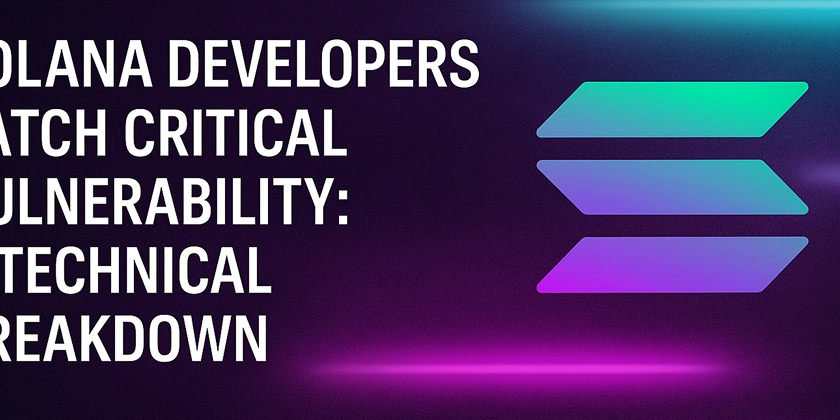















![[DEALS] Microsoft 365: 1-Year Subscription (Family/Up to 6 Users) (23% off) & Other Deals Up To 98% Off – Offers End Soon!](https://www.javacodegeeks.com/wp-content/uploads/2012/12/jcg-logo.jpg)



![From Art School Drop-out to Microsoft Engineer with Shashi Lo [Podcast #170]](https://cdn.hashnode.com/res/hashnode/image/upload/v1746203291209/439bf16b-c820-4fe8-b69e-94d80533b2df.png?#)

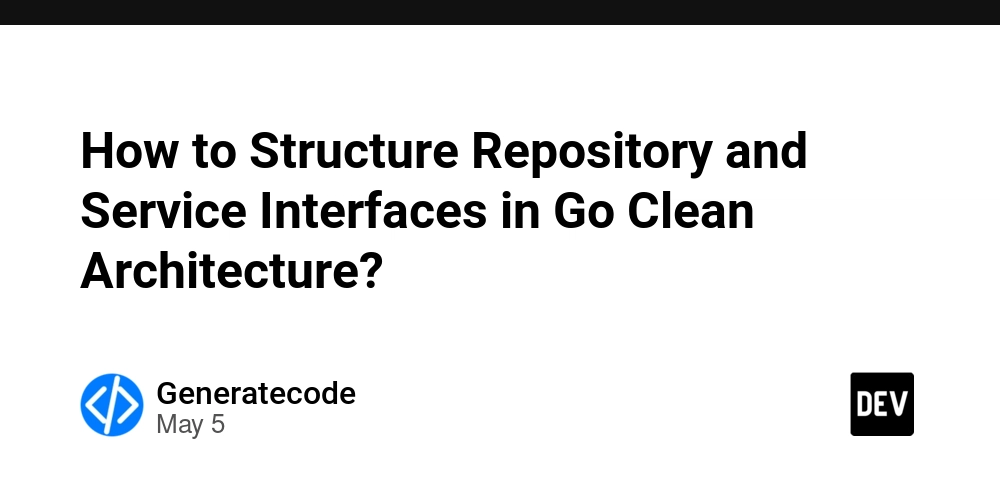



















![Re-designing a Git/development workflow with best practices [closed]](https://i.postimg.cc/tRvBYcrt/branching-example.jpg)



















































































(1).jpg?#)
































_Inge_Johnsson-Alamy.jpg?width=1280&auto=webp&quality=80&disable=upscale#)

































































































![The Material 3 Expressive redesign of Google Clock leaks out [Gallery]](https://i0.wp.com/9to5google.com/wp-content/uploads/sites/4/2024/03/Google-Clock-v2.jpg?resize=1200%2C628&quality=82&strip=all&ssl=1)
![What Google Messages features are rolling out [May 2025]](https://i0.wp.com/9to5google.com/wp-content/uploads/sites/4/2023/12/google-messages-name-cover.png?resize=1200%2C628&quality=82&strip=all&ssl=1)














![New Apple iPad mini 7 On Sale for $399! [Lowest Price Ever]](https://www.iclarified.com/images/news/96096/96096/96096-640.jpg)
![Apple to Split iPhone Launches Across Fall and Spring in Major Shakeup [Report]](https://www.iclarified.com/images/news/97211/97211/97211-640.jpg)
![Apple to Move Camera to Top Left, Hide Face ID Under Display in iPhone 18 Pro Redesign [Report]](https://www.iclarified.com/images/news/97212/97212/97212-640.jpg)
![Apple Developing Battery Case for iPhone 17 Air Amid Battery Life Concerns [Report]](https://www.iclarified.com/images/news/97208/97208/97208-640.jpg)






























































































